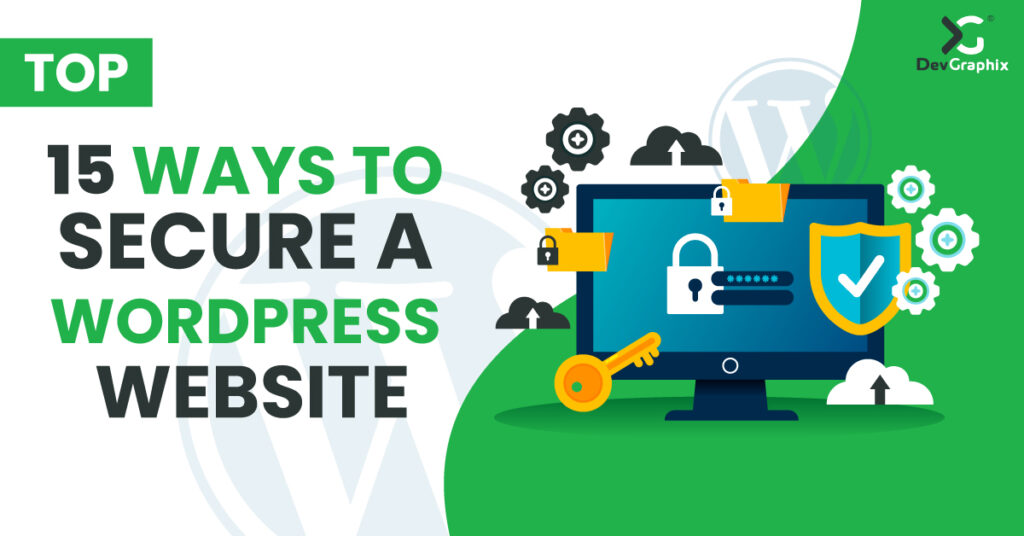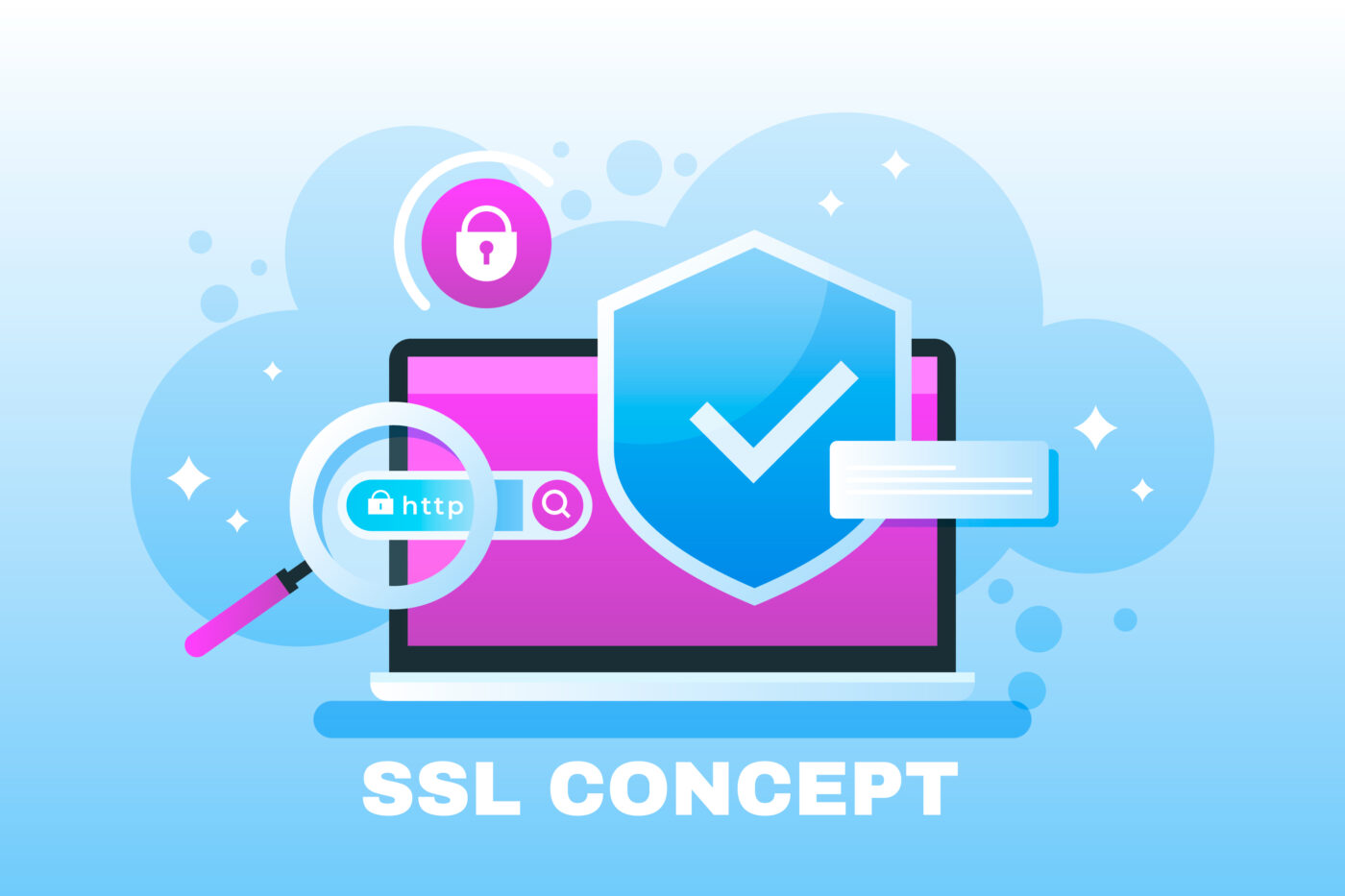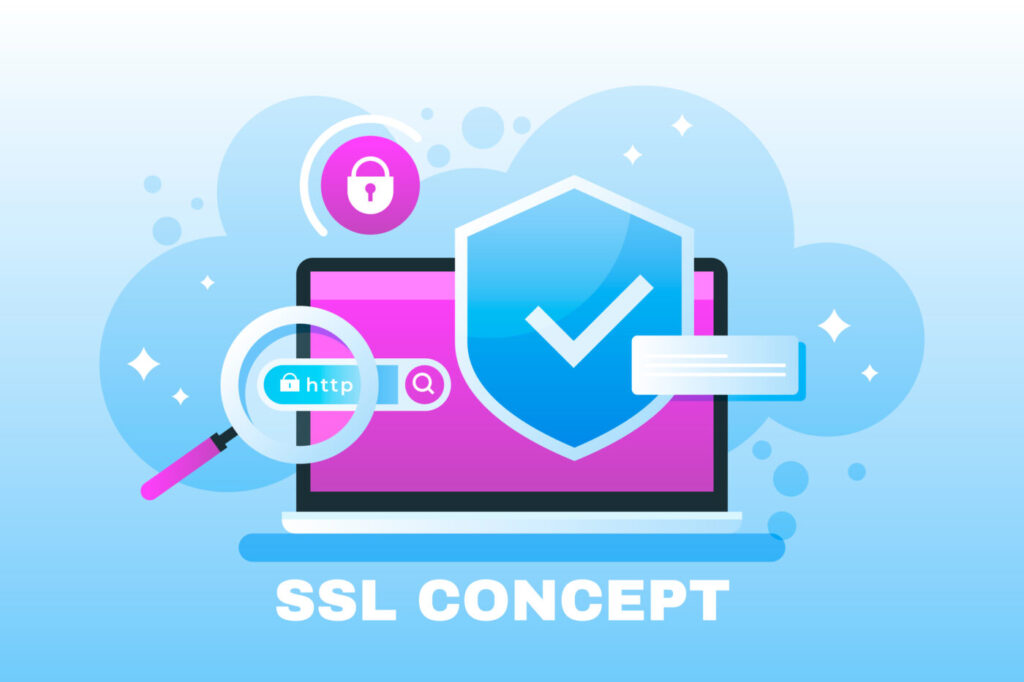Securing your WordPress website is crucial in today’s digital age. With the increasing number of cyberattacks and data breaches, it is essential to protect your website and the sensitive information it holds. A hacked website can lead to lost revenue, damage to your reputation, and even legal action. In this blog, we will discuss the importance of securing your WordPress website and how to do so.
First, it is important to understand the risks that come with having an unsecured website. Hackers can use vulnerabilities in your website to gain access to sensitive information such as customer data, financial information, and login credentials. They can also use your website to spread malware and launch attacks on other websites. In addition to the potential damage to your business, a hacked website can also harm your customers and their trust in your brand.
One of the most important steps in securing your WordPress website is to keep it up to date. WordPress releases regular updates to fix security vulnerabilities and improve the overall performance of the platform. It is important to install these updates as soon as they are available to keep your website secure.
Another important step is to use a strong and unique password for your website and your hosting account. It is recommended that a secure password be composed of a minimum of 12 characters, comprising a combination of uppercase and lowercase letters, numerals, and special characters. Avoid using common words or phrases, and consider using a password manager to generate and store your passwords securely.
You should also limit the number of users who have access to your website, and make sure they are only given the permissions they need to do their job. Use two-factor authentication to add an extra layer of security to your website.
This part of developing your WordPress website is very important. That is why we wanted to help you by writing the 15 key ways to secure it.
1. Ensuring the regular update for your WordPress website
One of the most important things you can do to keep your website secure is to make sure you’re running the latest version of WordPress and all your plugins. This helps ensure that any known security vulnerabilities have been patched.
2. Use a strong password
A strong password is essential to keeping your WordPress website secure. Use a combination of letters, numbers, and special characters to create a password that’s difficult to guess.
3. Use a security plugin
Security plugins can help add an extra layer of protection to your WordPress website. There are a number of highly sought-after choices when it comes to security plugins, such as Wordfence Security, iThemes Security, and Sucuri Security.
4. Limit login attempts
Limit the number of login attempts that can be made in a certain amount of time to prevent brute force attacks. Hackers use automated scripts to repeatedly try different combinations of username and password in an attempt to gain access to your WordPress website. By limiting the number of login attempts, you can prevent these attacks and protect your website from unauthorized access.
If a hacker is able to gain access to your website, they can cause serious damage by stealing sensitive information, spreading malware, or using your website to launch attacks on other sites. By limiting login attempts, you can reduce the risk of a successful hack.
5. Use two-factor authentication
Two-factor authentication adds an extra layer of security to your login process by requiring a second form of verification, such as a code sent to your phone.
6. Limit access to your website’s admin area
Only give access to your website’s admin area to people who need it. By limiting access to the admin area, you can prevent unauthorized users from making changes to your website, such as adding new users, installing plugins, or modifying settings. This can reduce the risk of a successful hack, as well as prevent accidental changes that could cause issues with your WordPress website.
7. Use a Web Application Firewall (WAF)
A WAF can protect your website from a wide range of cyber attacks, such as SQL injection, cross-site scripting (XSS), and Distributed Denial of Service (DDoS) attacks. It does this by analyzing incoming traffic and blocking any requests that contain malicious or suspicious content.
8. Backup your Website regularly
Regularly back up your website so that you can quickly restore it in case of an attack or other problems.
9. Use SSL/TLS certificate
SSL/TLS certificate is a must-have for any website to ensure that the data passed between the web server and browser remains private and secure.
10. Monitor your website for suspicious activity
Regularly monitor your website for any suspicious activity, such as unusual login attempts or changes to your site’s content.
11. Disable file editing
By default, WordPress allows you to edit your theme and plugin files from within the admin area. However, this can be a security risk, so it’s best to disable this feature.
12. Use a content delivery network (CDN)
CDN can help protect your WordPress website from DDoS attacks and other types of cyber threats.
13. Use secure hosting
Choose a web hosting provider that offers security features like automatic backups, malware scanning, and more.
14. Keep your computer and network secure
Keep your computer and network secure by installing an anti-virus program, firewall, and keeping all your software up to date.
15. Stay Informed
Stay informed about the latest security threats and best practices for keeping your WordPress website secure by subscribing to security-related blogs, newsletters, and alerts.
Keep your Conclusion:
By following these tips, you can help keep your WordPress website secure and protect it from common security threats. Remember to regularly update your site’s software, use a strong password and two-factor authentication, and limit access to your site’s admin area. Additionally, use a security plugin, limit login attempts, use a web application firewall, and back up your website regularly. Use SSL/TLS certificate and consider using a content delivery network, secure hosting and monitor your WordPress website for suspicious activity.
Lastly, stay informed about the latest security threats and best practices for keeping your website secure with Devgraphix











